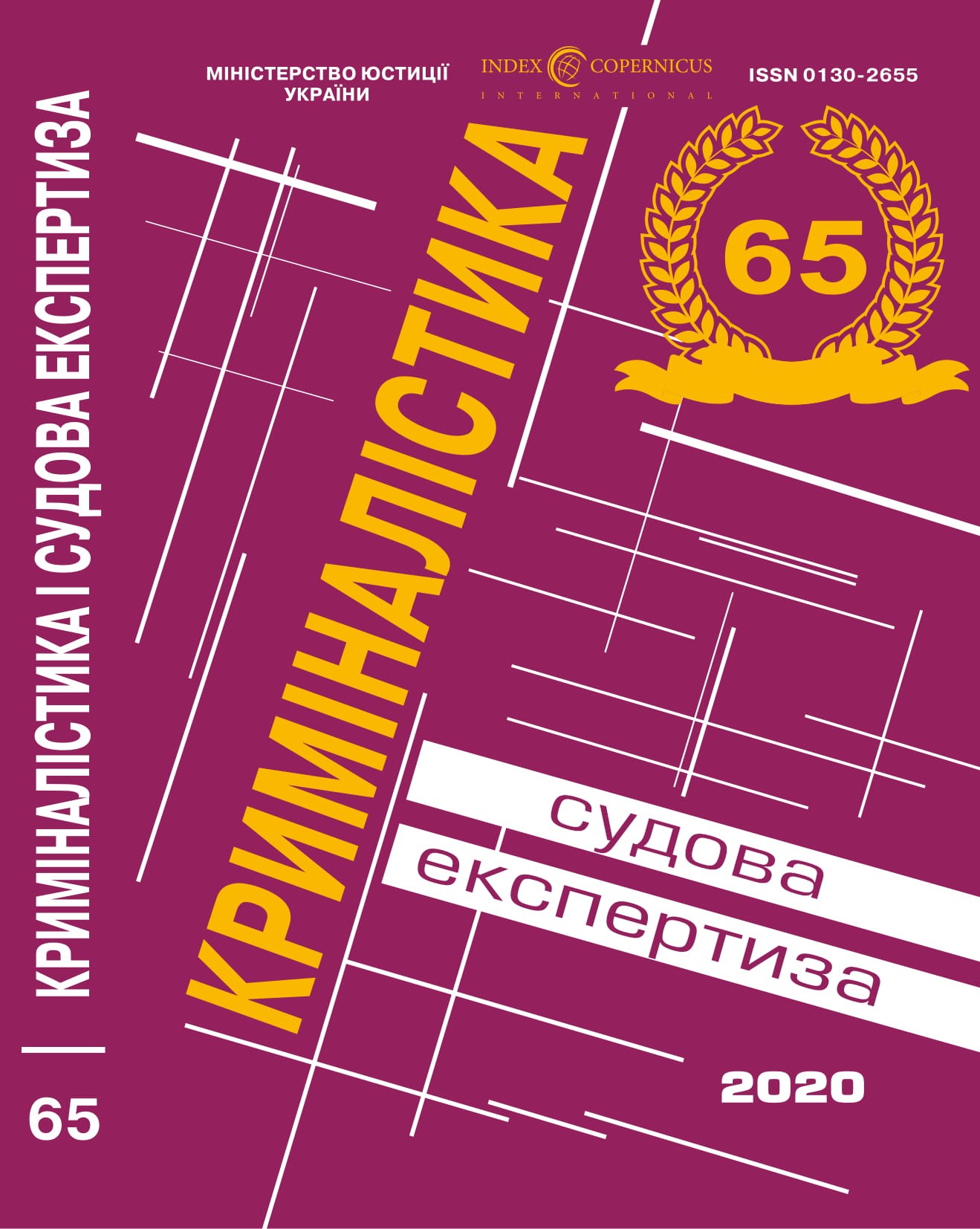
DOI: https://doi.org/10.33994/kndise.2020.65.37
P. Giverts
The development of a new technology of material processing known as 3D printing in 2013 lead to posting on the Internet blueprints of the first pistol made with the use this technology. The pistol got the name Liberator. Within the first two days after the post, the blueprints of this pistol were downloaded more than a hundred thousand times. The difference of this construction from other constructions is that all the parts, except the firing pin, are printed on the 3D printer. For manufacturing this type of pistols special equipment (which has become easily available lately) is needed, as well as the knowledge and skill to operate it. At the same time, no special knowledge about the development and manufacturing of firearms is necessary. Availability of ready blueprints (the programs for printing the elements in 3D printer) without the need to do manual or machine treatment, lead to the wide spread of this type of homemade firearms. The law enforcements of many countries have already got cases of illegal trafficking of homemade firearms made with the use of 3D printing technology.
The article discusses the construction features of Liberator pistol, as well as the peculiarities of its forensic examination. Special attention is paid to the problem of reliability and durability of this type of pistols. The possibility of damage or destruction of the pistol construction during a shot was investigated. The influence of different parameters, such as the size of the pistol, the material of its elements, the caliber of the cartridge on the possible destruction of the pistol, was also discussed. The damages in the pistols, made of different polymers, were illustrated in this article by the results of investigations taken from a few foreign professional sources. The problem of establishing the fact of a shot, which had been made from pistol printed in 3D printer, before the evidence came for forensic examination, was discussed. The article deals with the problem of the influence of this shot on the possibility of determination of the constriction durability and with the question if the evidence meets the criteria of firearms. Possible defects in the examined evidences, which should be checked be the examiners before the experimental shot, were pointed out.
Key words: ballistic examination, homemade firearms, 3D printing, Liberator, polymer pistols.










